Featured 1

The 2nd of April, 2025 will certainly go down as a historic date in the annals of our species. US President Donald J. Trump had promised as much of course, for what seemed like weeks prior, branding it as 'Liberation Day'. That is how he viewed the day set earlier for the 46th President of the United States (and also the 44th of course, as he always hastens to add) to unveil a set of what he promised would be 'reciprocal' tariffs on the rest of the world's exports to the coveted US market. We knew he meant it of course. That was never in doubt. It was only in October, just days out from his election, that we heard him declare, "The most beautiful word in the dictionary is 'tariffs.' It's my favorite word."
After winning the election at a canter against an uninspiring candidate for the Democrats, his initial parlays with countries like Canada and Mexico would have served enough warning to the rest of the world, that the billionaire real estate developer-turned-politician was indeed serious. Even so, no one could have guessed the extent of the regime he would go on to unveil, in the course of a typically rambling address at the Rose Garden on Wednesday (Apr. 2). Speaking to an audience of mostly auto-workers, cabinet officials and White House correspondents, Trump went through almost the entire list of affected countries, all the time insisting there can be no complaints, that no one should be upset over a policy that merely sought reciprocity.
What made the eventual announcement so stunning was the sheer number of countries affected. Every nation on Earth that trades with America is in fact affected, since a baseline tariff of 10% will apply to all goods coming into the US. Bangladesh got slapped with a whopping 37%, the Trump team's calculation being that the country imposes 74% tariffs on imports from the US. Economists meanwhile have had a field day castigating the rather simplistic methodology used to arrive at this figure - for all countries, not just for Bangladesh.
Currently most Bangladeshi goods are subjected to a 15% tariff on entry into the US market. The new rate is thus well over double the present rate. The only consolation for Bangladesh might be that a number of its competitors fared worse. Vietnam, which is an exporting powerhouse by now but does compete with Bangladesh in the vital RMG sector, got slapped with 46%, Cambodia with 49% and Sri Lanka 44%. India and Pakistan fared slightly better though, at 26% and 29% respectively.
The interim government led by Dr Muhammad Yunus, in its immediate reaction, vowed to have the rate prescribed for Bangladesh lowered through direct negotiations with the Trump administration. Although this sounded unrealistic at first, by Thursday even Trump was warming up to the idea. After multiple White House aides insisted that the new tariffs were not up for negotiation, Trump said he would be open to tariff talks with other countries, provided they 'offer something phenomenal'. Right now, nobody dares to guess what that might entail.







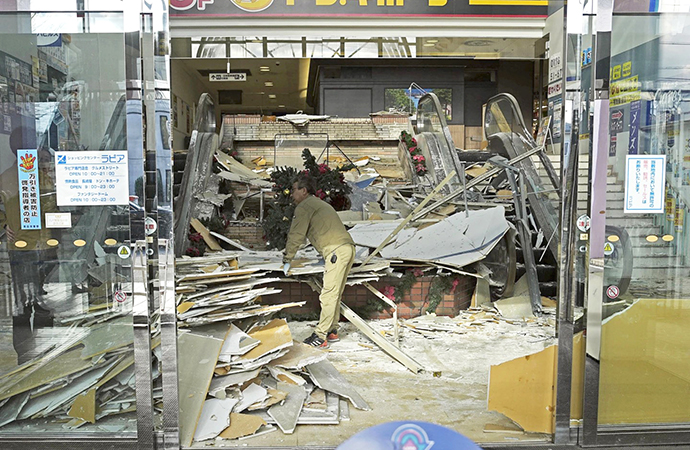

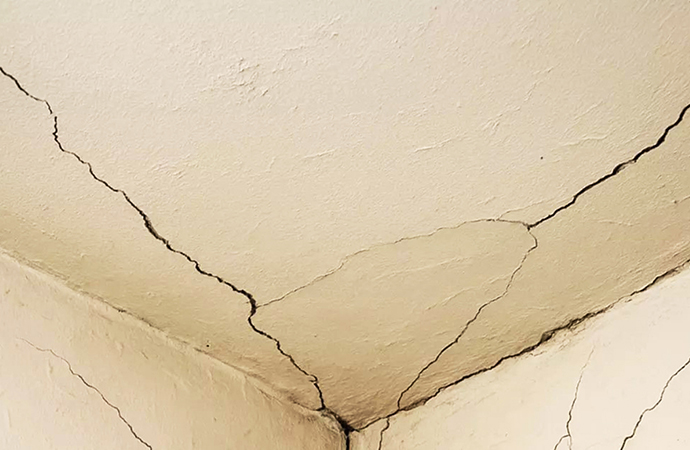
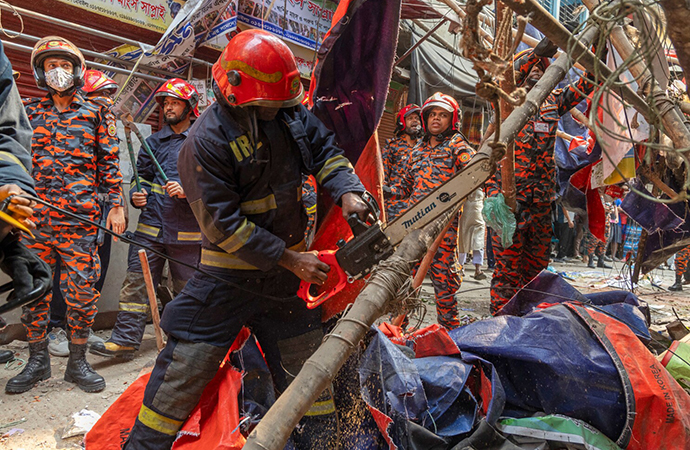
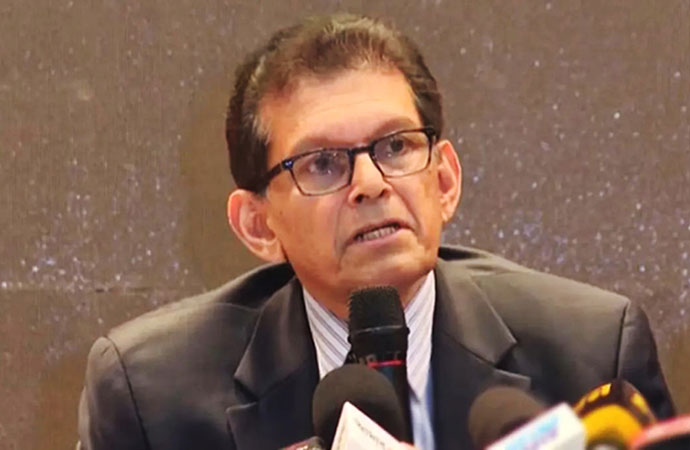
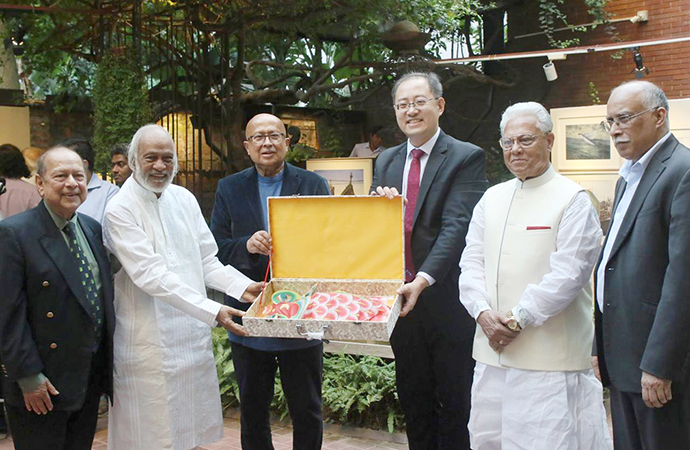
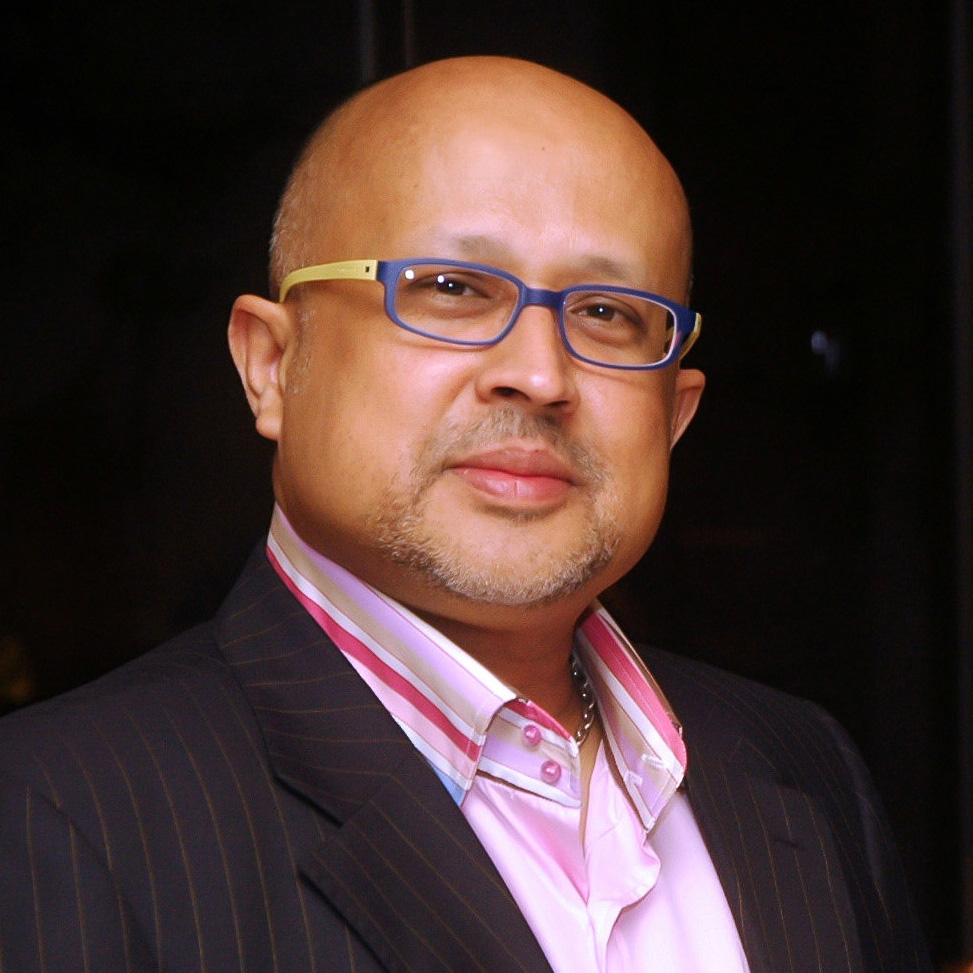

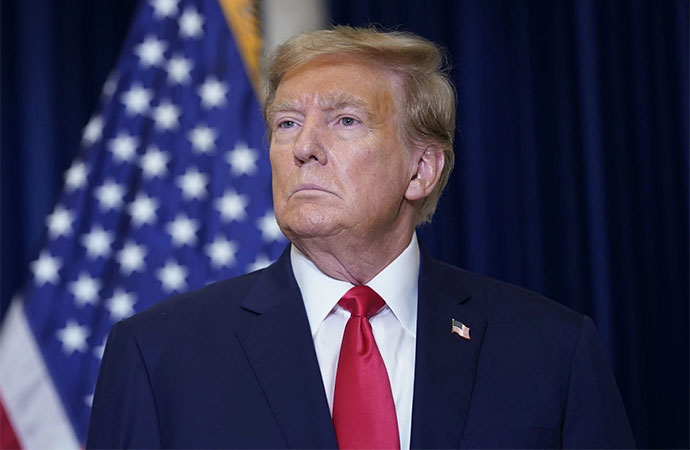
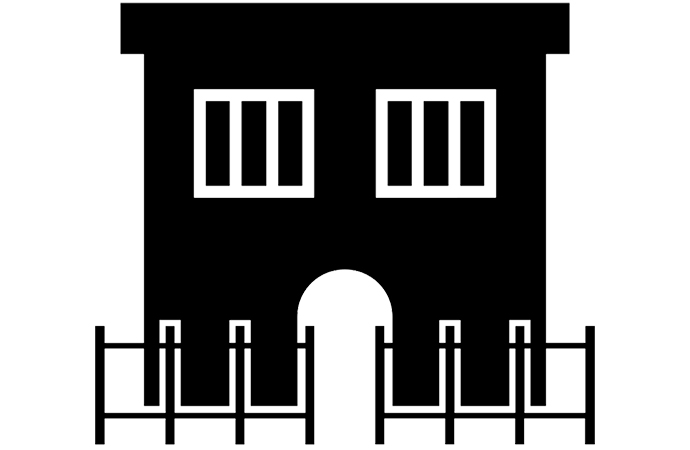
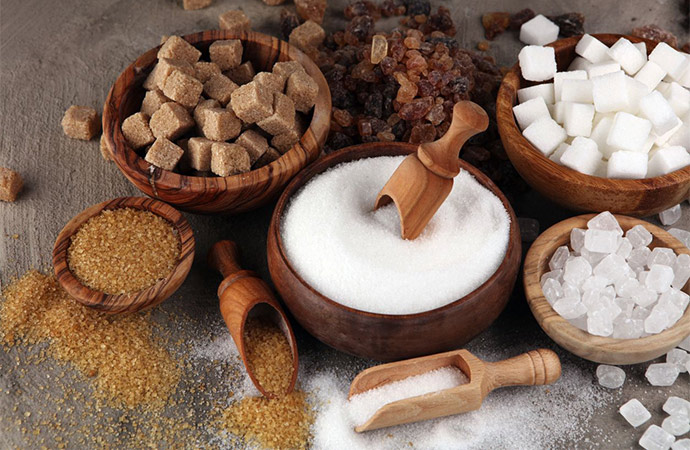
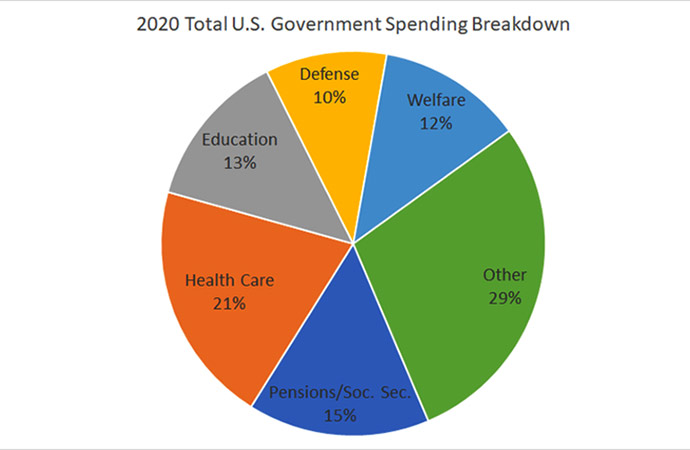


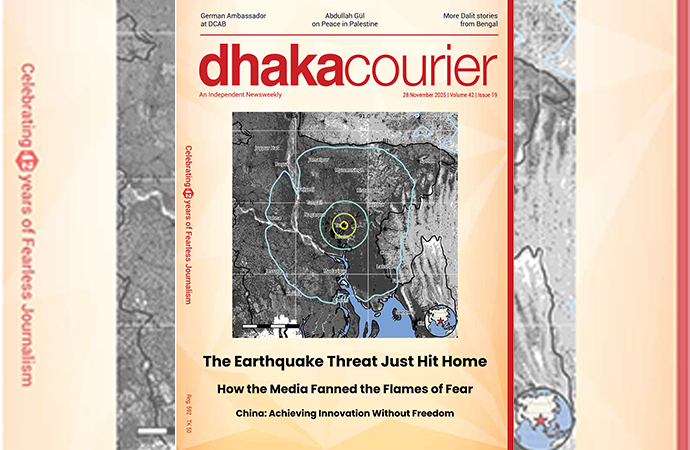
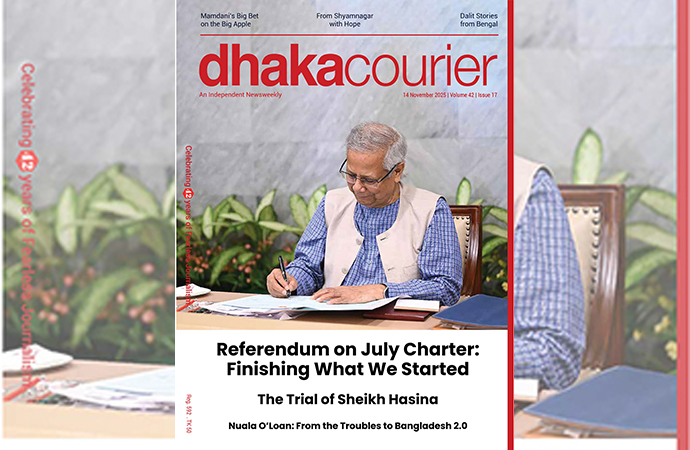
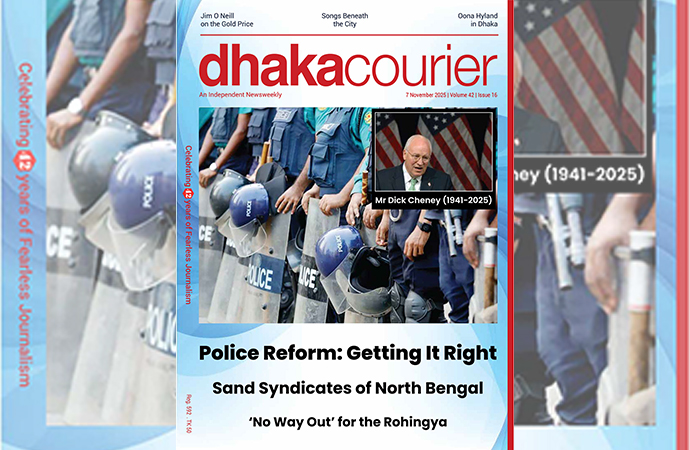
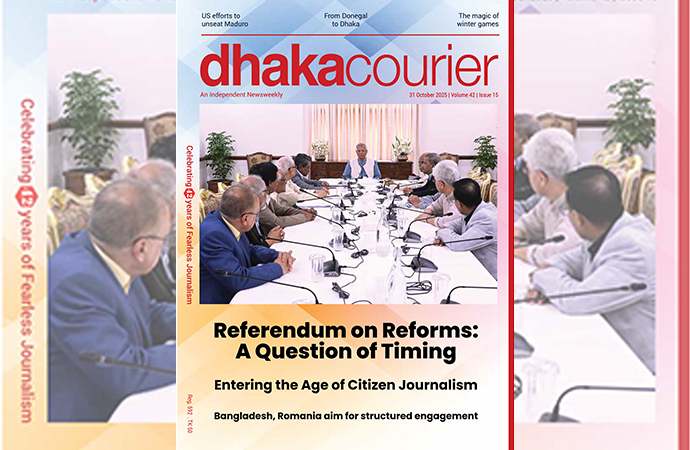
Leave a Comment
Recent Posts
Right On Schedule
The most eagerly anticipated, and frankly hyped up, announcement of an ...
Fighting raged along the borde ...
Fighting raged along the border of Cambodia and Thailand, with explosi ...
ICIMOD drives regional cooperation to inspire new mo ..
The Cage of Captivity and the Cry for Freedom: A Cru ..
Why Japan issued an advisory for a possible megaquak ..
The Autocrats’ War on Universities